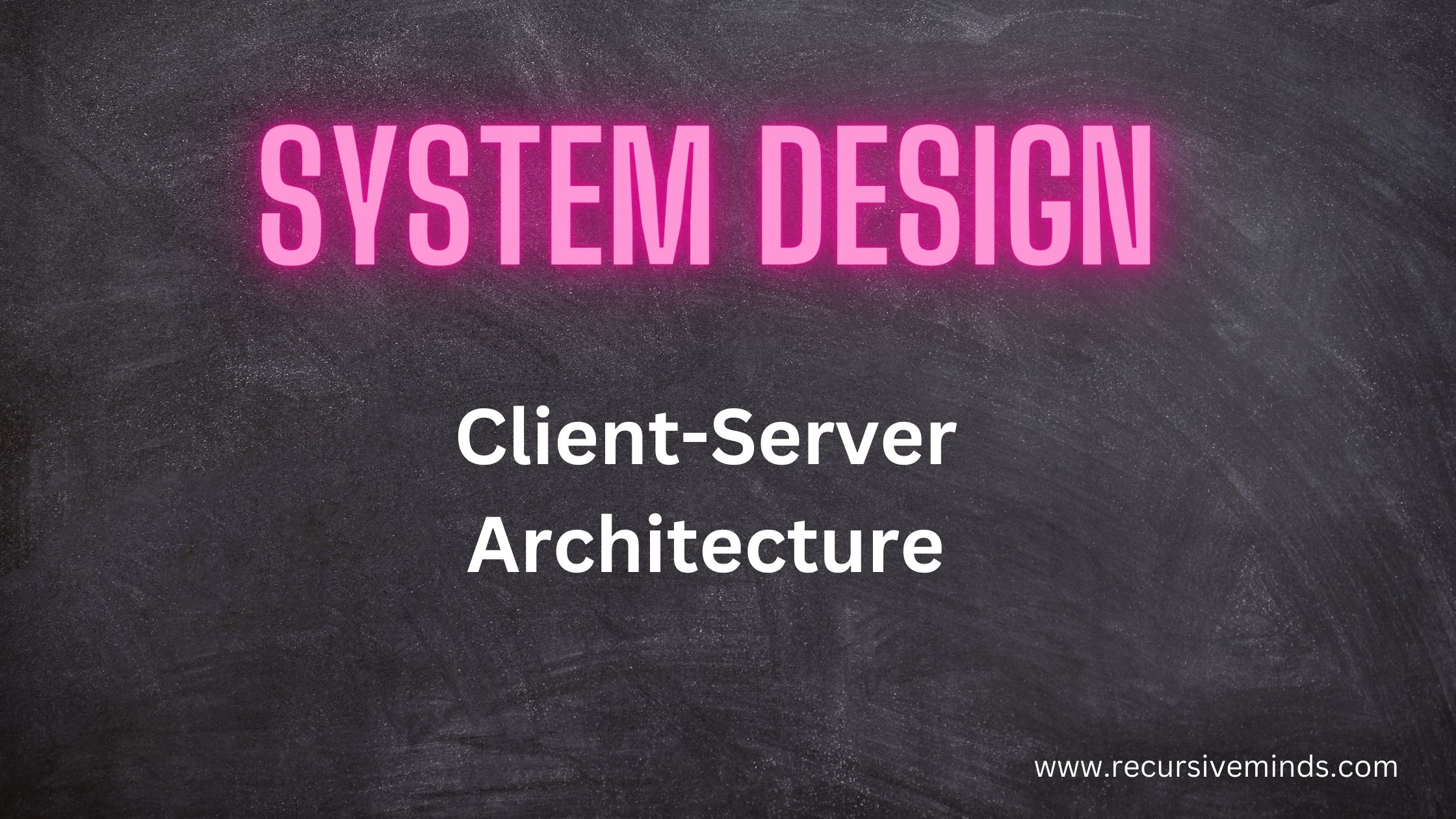In the digital age, the client-server model is the cornerstone of many web services, enabling users to access information and services over the internet. This model, which separates the service provider (server) from the service requester (client), has revolutionized the way we interact with digital platforms. This article delves into the client-server architecture, exploring its principles, benefits, and the role it plays in today’s interconnected world.
Understanding Client-Server Architecture
At its core, the client-server architecture is a distributed application structure that partitions tasks or workloads between the providers of a resource or service, called servers, and requesters of a service, called clients. The client-server model is a client-centric architecture, where the client is the user’s device, and the server is the remote computer or service that the client accesses.
Key Components
- Client: The client is the user’s device, such as a computer, smartphone, or tablet. It requests services or resources from the server.
- Server: The server is a remote computer or service that hosts the resources or services requested by the client. It processes the client’s requests and returns the requested data.
How It Works
- Request: The client sends a request to the server for a specific service or resource. This request can be anything from accessing a webpage to downloading a file.
- Processing: The server receives the request and processes it. This may involve retrieving data from a database, performing calculations, or executing a specific task.
- Response: The server sends the requested data back to the client. This response can be in various formats, such as HTML for web pages, JSON for APIs, or binary data for files.
Advantages of Client-Server Architecture
The client-server model offers several advantages, making it a preferred choice for many web services:
- Scalability: The server can handle multiple client requests simultaneously, making it easier to scale services as demand increases.
- Centralization: Data and services are centralized on the server, making it easier to manage and update.
- Security: By separating the client and server, sensitive data and operations can be kept secure on the server, reducing the risk of exposure.
- Efficiency: The server can perform complex tasks more efficiently than individual clients, improving overall performance.
Challenges and Considerations
Despite its advantages, the client-server model also presents challenges, particularly in terms of security, performance, and reliability. For instance, the centralization of data and services on the server can make it a single point of failure. Additionally, the reliance on network connectivity can lead to performance issues if the connection is slow or unstable.
Security Considerations
Security is a critical concern in client-server architectures. Ensuring that data transmitted between the client and server is encrypted and secure is essential. Technologies like SSL/TLS are used to encrypt data in transit, protecting it from eavesdroppers.
Performance Considerations
Performance can be affected by the distance between the client and server, the server’s processing power, and the quality of the network connection. Optimizing server performance and using content delivery networks (CDNs) can help mitigate these issues.
Conclusion
The client-server architecture is a fundamental concept in modern web services, enabling the efficient and secure delivery of information and services over the internet. As we continue to innovate and expand our digital footprint, the importance of understanding and implementing effective client-server architectures will only grow. In the next article, we’ll explore how client-server architectures are evolving to meet the demands of the future.
Stay tuned for more insights into the world of web services and the role of client-server architectures in shaping our digital future.
Thank you for reading
Happy Coding

